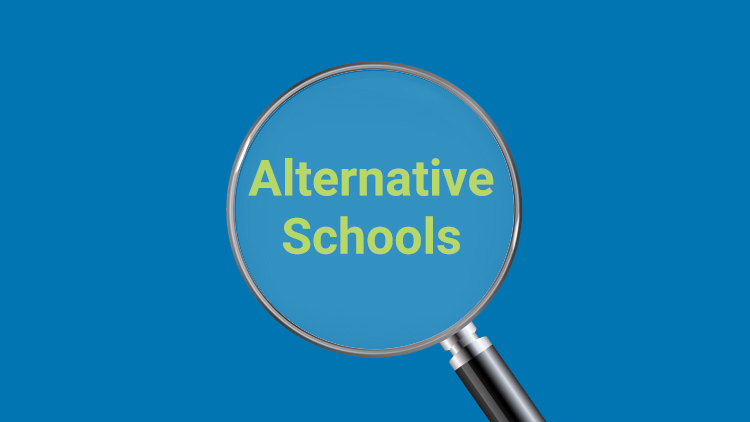America is trying to serve an ever-increasing proportion of its most at-risk students outside of traditional high schools. This should be studied carefully.
Alternative Education Campuses (AECs) serve young people who have failed in school, dropped out, or are at risk of dropping out or being expelled. Momentum Strategy & Research, which studies AECs as much as anyone in the country, has identified 4,000 AECs (including both schools and programs). While the number of students in AECs has increased dramatically over the last few years, the growth of AECs and their impact on young people’s learning and life prospects has not been subject to much debate—and little research scrutiny. Those working with the nation’s AECs hail many wonderful schools doing a tremendous job; they also lament tragic warehouses not serving their students. Like charter schools before them, it is time that we insist on, fund, design, and conduct research to better understand the nuances of AECs.
Research into charter schools has been controversial but useful. It demonstrated unequivocally that there are both high-performing and lousy charter schools. States, authorizers, and charter supporters can now act on this research to support the growth of strong operators and spread good practices. This work is contentious and difficult, but it yields progress.
There are obvious risks to scrutiny. Research and debate can empower opponents and introduce unintended consequences. There are plenty of both in the charter movement. But the charter sector is undoubtedly better off because we know so much about it.
About AECs there is much less debate, research, knowledge, or actionable lessons. We do not even have clear expectations for AECs. This makes it difficult, if not impossible, to know which ones help or hurt students or how to strengthen outcomes.
AECs are organized in many ways. Most are overseen by districts and operate as programs within schools or as specialized schools. Some AECs are run as charter schools, while others are contract schools run by various operators for districts or county education entities. These different structures may affect how well AECs do their jobs or what is expected of them. Without well-designed research, we can only speculate about the connection between different organizing structures and the outcomes or impact of schools that push out, counsel, recruit, or welcome at-risk students.
Accurately describing AEC students would be helpful. Students can include those who are just a few credits shy of a diploma, or 21-year-olds who have been out of school for five or six years. Many AECs target specific students, such as the homeless, recently arrived immigrants, or youth that are incarcerated, gang-affiliated, or pregnant and parenting. Target populations, pedagogical approaches, and outcomes are so diverse that it is nonsensical to describe the performance of AECs in general terms. Despite this variation, their numbers are so small relative to traditional systems that researchers and policymakers tend to aggregate AECs and their students to create larger samples.
Without data to inform rigorous expectations, we cannot ensure that AEC students have better outcomes than if they had stayed in a traditional public school, or been encouraged to try harder. We also don’t know how student risk factors, approaches to schooling, or structural approaches to running AECs interact with one another to affect outcomes.
Research should include a mix of quantitative and qualitative approaches, and researchers will have to get creative with methods and data. Researchers frequently compare charter school students with similar students who would have attended charters but ended up in traditional public schools instead. It is time to design and conduct studies that use similar approaches to compare students who are counseled into AECs to similar students who are served in traditional public schools.
Researchers also study long-term outcomes of charter school students in programs that support them in their college years, long after they have left the charter school. Many AECs are now old enough to also track students after they have left—it’s time to study these outcomes, too.
These are just ideas to start with, and the list of questions and methods should expand dramatically as researchers dig in deeper. Ironically, it may be because some AECs are charter schools that they end up being included in the richer research on charter schools. But it would be better if we recognized the importance of this entire sector. More knowledge might prompt some uncomfortable debates, but eventually we can learn how to do better by our at-risk young people.
Alex Medler is senior director at Safal Partners.




